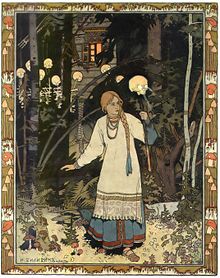Folk tales and fairy tales often have similar elements and themes around the world. Every culture has their own unique values that are shown within their stories.
In Europe, many stories are more of a fairy tale type and commonly involve magic and a main hero. Many European tales are more patriarchal and can be demeaning towards women as well. European stories often have symbolism and meanings behind them, and reveal insights into issues going on in Europe at the time the story was written or originated. For example, “Hanzel and Gretel” features the family suffering from starvation because when the Brother’s Grimm wrote the tale, Germany was also facing issues with famine due to French rule.
Other cultures also have unique stories compared to European ones, like Native American folk tales. Many Native American stories are origin stories and various types of myths involved with the creation of and how some things came to be within their extensive cultures. The tale of “How Men and Women got Together,” is a myth and origin tale of how; as the title says, men and women started getting together and living together. One of the unique aspects of this tale is how it is very equal among the genders, and clearly shows how men and women are on equal terms in this tale; in fact the women in the story are even portrayed as better than the men, unlike in European stories where this is rare. Native American stories are also usually very spiritual and always involve various aspects of nature and animals which shows the value it has within their cultures. European stories don’t always have these themes as much.
